National Archeological Museum
Executive exhibition design and project management
2011A pioneering experience of museum devolution of the turn of the century, the National Archeological Museum of Castigioncello, probably the smallest of its kind, was devolved by the Superintendent of Etruria Antiquities, Luigi Adriano Milani, to accommodate the numerous tomb goods found during the urbanization of the coastal center.
According to Milani’s wishes, the museum needed to keep the relationship alive between the archeological finds and the community, but simultaneously giving “new attractions” to the town that was beginning to become a tourist destination.
The museum was built on private land donated for this purpose and the “form” of the museum was designed by Milani himself. He based it on a model of a cinerary Etruscan urn shaped like a small temple, externally decorated and in polychrome cement, which also came from sacred Etruscan buildings.
First inaugurated in 1916, it then had a slow decline because of its isolated position on the top of a promontory above the sea. In 1973 the museum was closed and emptied of all its objects.
It re-opened in the summer of 2011, after a thorough restoration, with all of its original collection and a completely renewed exhibition design.
Starting from the idea to consider the building and its objects as a single, inseparable entity, the exhibition design abandoned the traditional typology of multiple glass display cabinets for a single, large, sealed showcase thus inverting the usual relationship established between the visitor and the object. Like a “second skin” the showcase protects the objects displayed on shelves and maintains the microclimate of the space within the established relative humidity parameters. Its perfect transparency allows the visitor to admire the collection while envisioning the architectural elements to which it is bound.

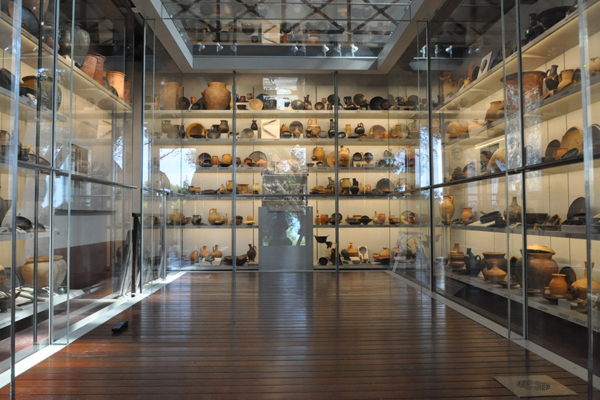
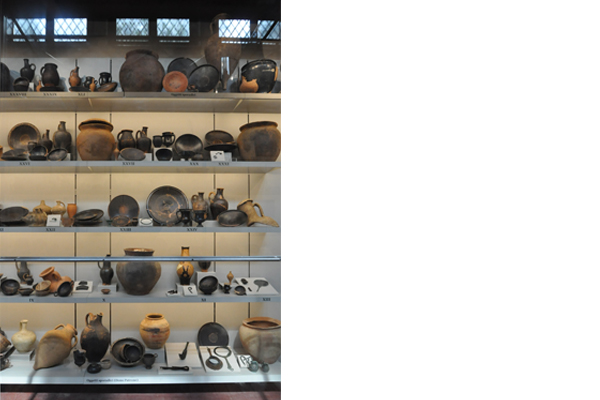
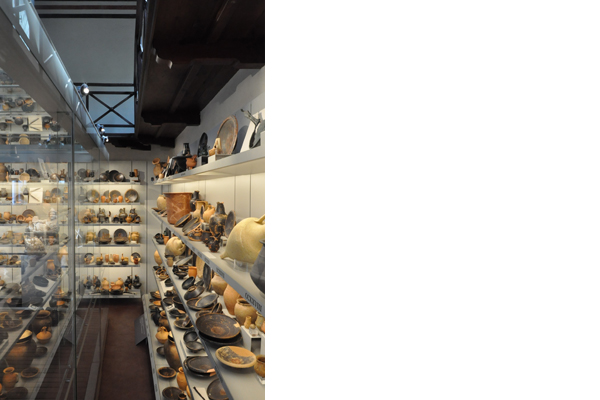
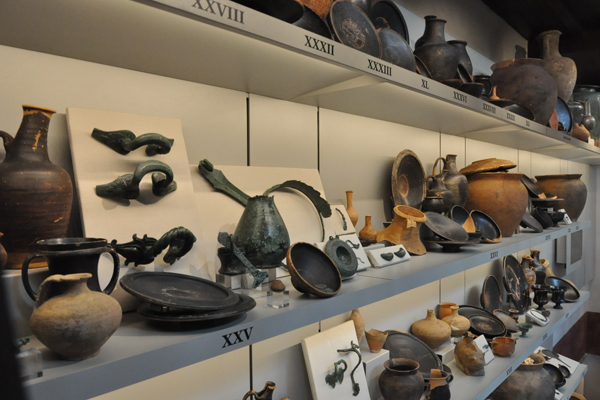
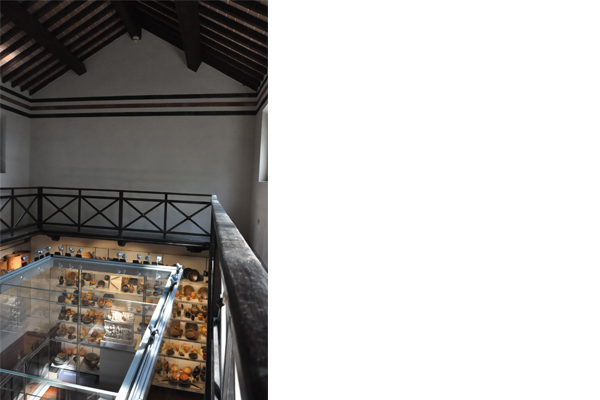
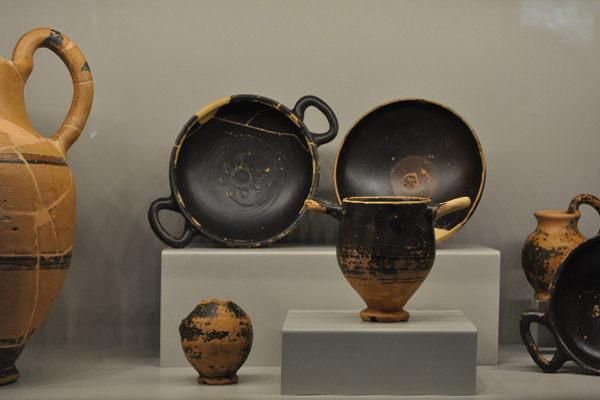
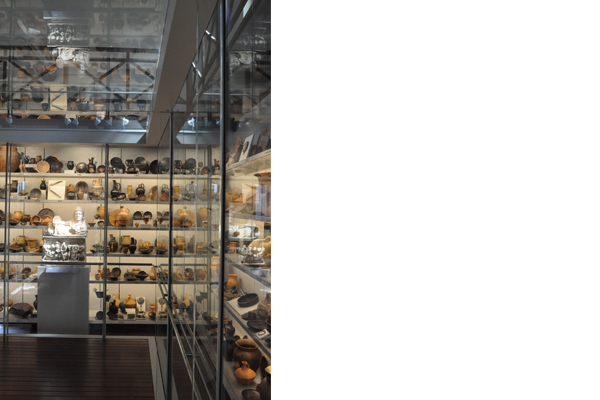
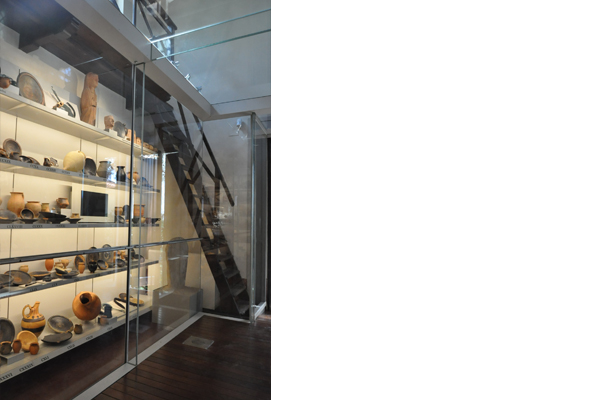
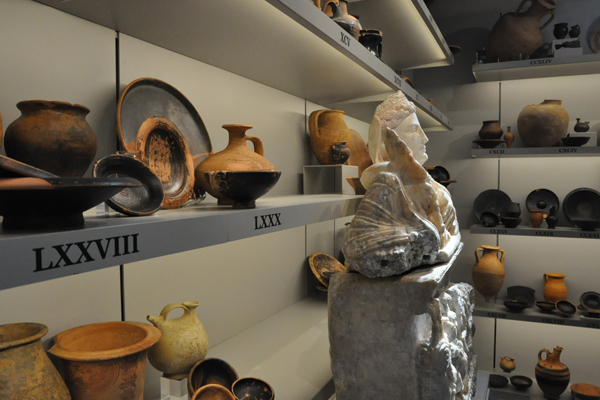
 Museum Engineering S.R.L.
Museum Engineering S.R.L.